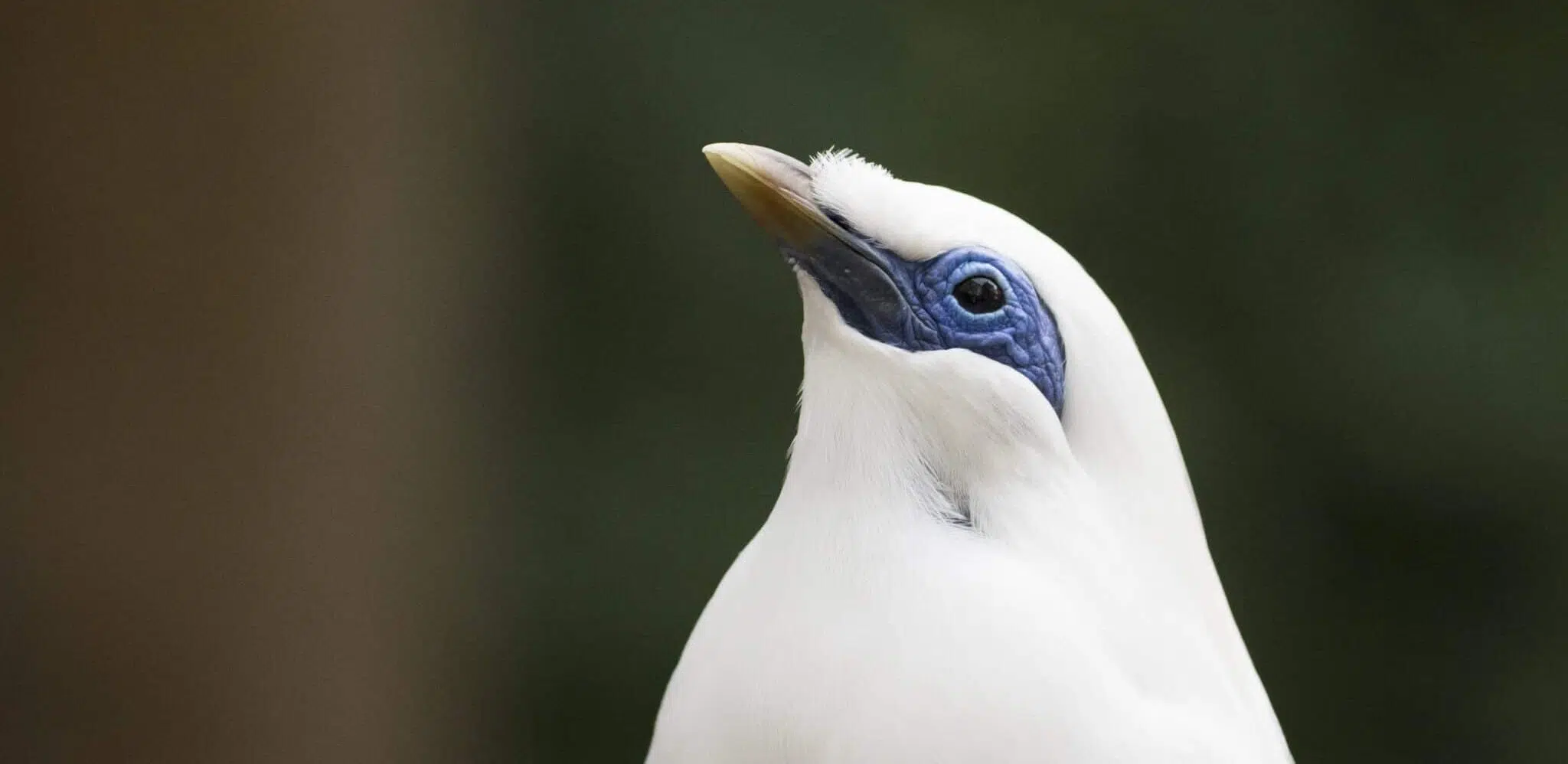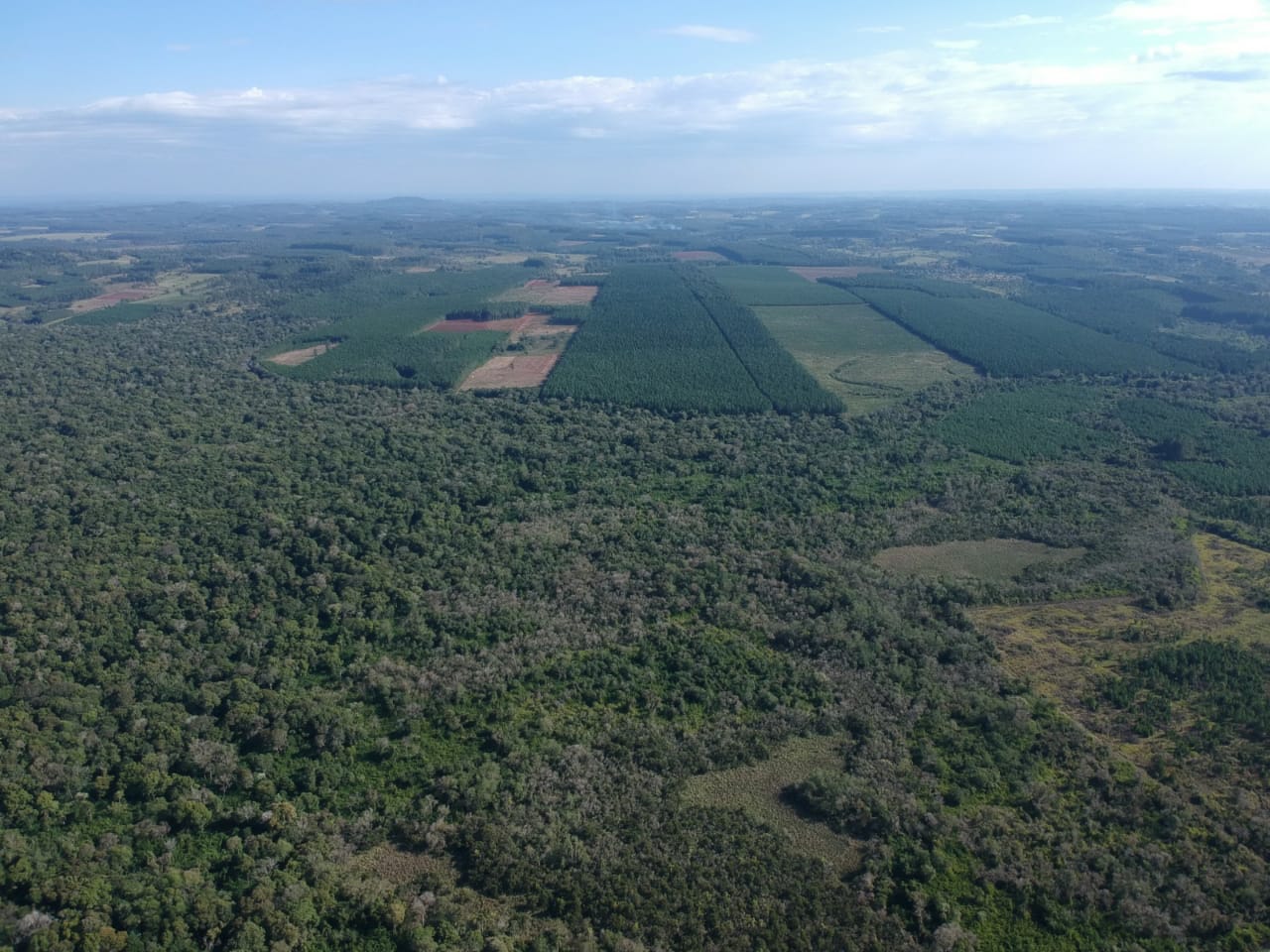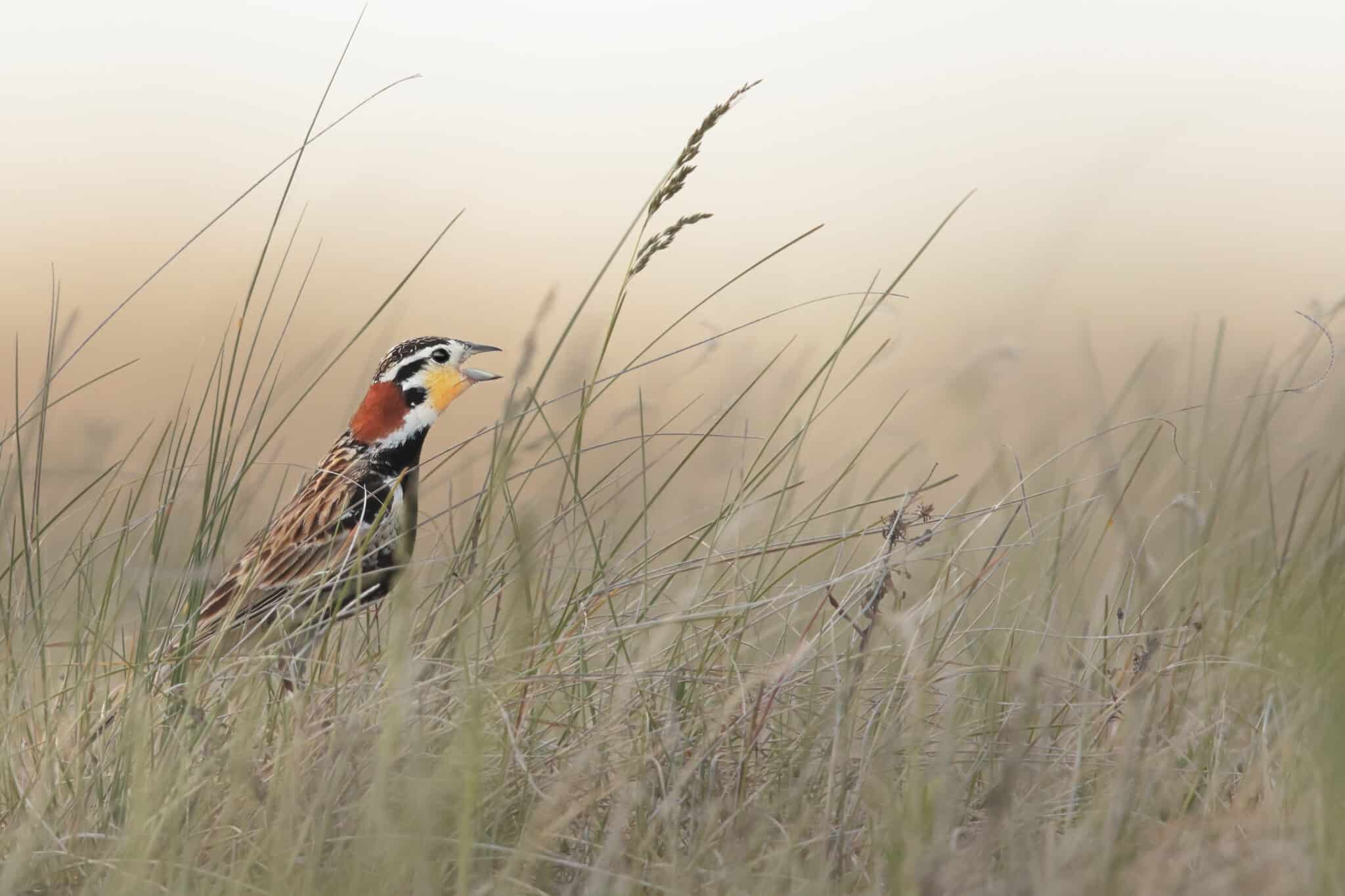State of the World’s Birds 2022 paints most concerning picture for nature yet
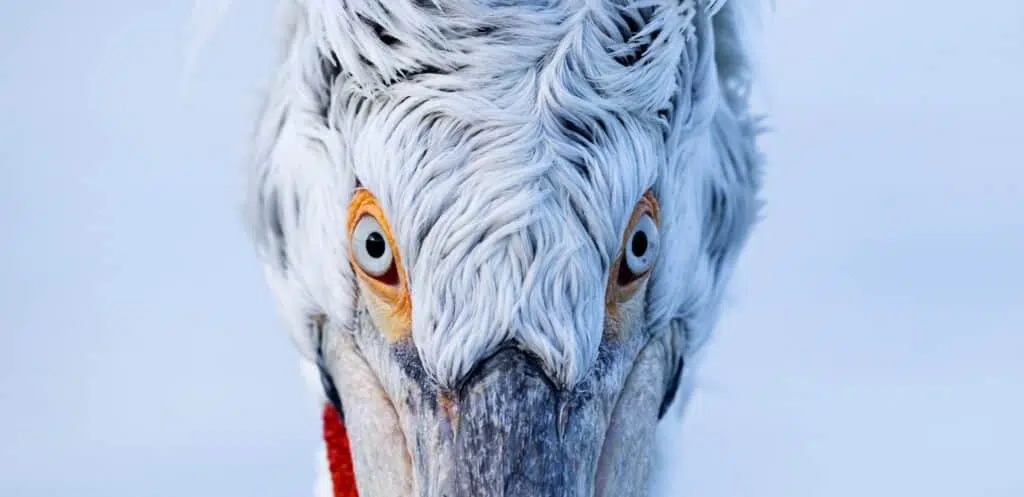
BirdLife’s newly launched flagship State of the World’s Birds report paints the most concerning picture for the natural world yet, with nearly half of the world’s bird species now in decline. While further underlining that we are in the midst of a biodiversity crisis, it also highlights the critical solutions we desperately need to save nature – we now urgently need the political will and financial commitment to implement these at scale and at pace.
From albatrosses soaring gracefully over the high seas, chicken-like Maleos digging nests deep in remote rainforests to Emperor Penguins fishing to depths over half a kilometre underwater and Peregrine Falcons nesting high on skyscrapers towering over great metropolises, birds can be found almost anywhere on earth and are a key indicator of the health of the planet.
As a world leader in conservation science, BirdLife publishes its landmark State of the World’s Birds report every four years. The report is an extraordinary summary of data tirelessly collected by researchers, conservationists and citizen scientists alike, highlighting the plight of the avian world, the key threats it faces and the urgent measures needed to protect it. Given bird calls echo across nearly every corner of the world, it tells us more than just the health of this extraordinarily diverse group, but also that of nature as a whole.
However, the latest edition of State of the World’s Birds paints the most concerning picture for nature yet. Nearly half of the world’s bird species are now in decline, with only six per cent having increasing populations. One in eight species (or 1,409 species in total) are now threatened with extinction. Nearly three billion birds are estimated to have been lost since 1970 in North America alone, and a further 600 million have been lost in the European Union since 1980, an area five times smaller.
Although long-term population data is far more comprehensive for species in these regions, signs point to similar catastrophic declines elsewhere across the globe. For instance, since 1850, forest and wetland specialist species in Japan are estimated to have declined by a staggering 94 and 88 per cent respectively, while populations of Kenya’s raptor species have declined on average by nearly three quarters since 1970.
“We have already lost over 160 bird species in the last 500 years, and the rate of extinction is accelerating,” says Lucy Haskell, Science Officer for BirdLife and lead author of State of the World’s Birds. “Historically, most extinctions were on islands, but worryingly there is a growing wave of continental extinctions, driven by landscape-scale habitat loss.”
Cover image: The Balkan population of Dalmatian Pelican has declined by 40 per cent since 2021 due to an outbreak of avian influenza © Florian Warnecke
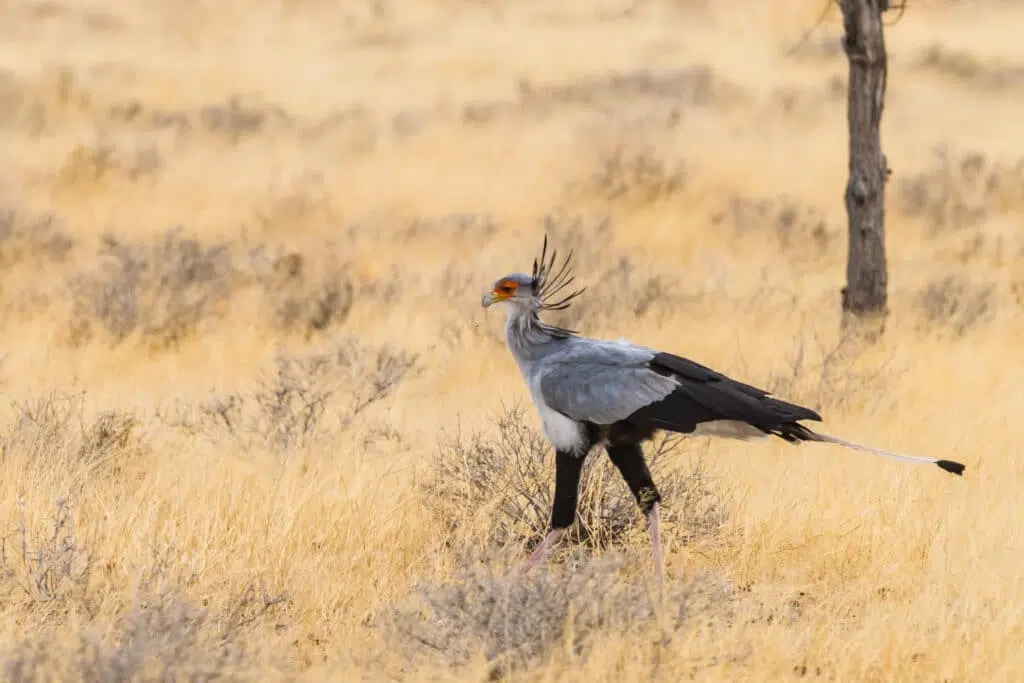
The drivers of declines
Beyond highlighting the dramatic declines of birds, the report also outlines the key factors driving them. Across the world, birds are impacted by an array of different threats, nearly all of which are caused by human actions. Agriculture – both through its expansion into important habitats and the increasing use of machinery and chemicals as it intensifies – is the leading threat to bird species, impacting at least 73 per cent of threatened species.
In Europe, this has resulted in an over 50 per cent decline in abundance of the continent’s farmland birds since 1980 and, further south, the conversion of grasslands to croplands has resulted in an 80 per cent decline in the population of the Liben Lark (Critically Endangered) in just 15 years. Endemic to Ethiopia, there are now fewer than 50 breeding pairs of the species restricted to just two sites, and it is feared it may become continental Africa’s first bird extinction in modern times unless there is rapid conservation action.
The unsustainable logging and management of forests is another significant threat. Over seven million hectares of forest are lost every year – an area larger than the Republic of Ireland– and this impacts nearly half of the world’s threatened bird species. Species that depend on large, old-growth trees are particularly affected, such as the Harpy Eagle, the world’s most powerful bird of prey. Resident of the rainforests of South America, where it hunts on prey such as monkeys and sloths, 90 per cent of the trees it prefers for nesting are targeted by logging, and it has recently been uplisted by BirdLife to Vulnerable on the IUCN Red List.
Worryingly, climate change is already having a substantial impact, affecting 34 per cent of threatened species. Already driving unprecedented levels of storms, wildfires and drought, its impact will undoubtedly increase rapidly over the coming years. Alongside this, threats such as bycatch from fisheries, overexploitation and invasive species, which throughout history have been the leading cause of avian extinctions, continue to drive population declines.
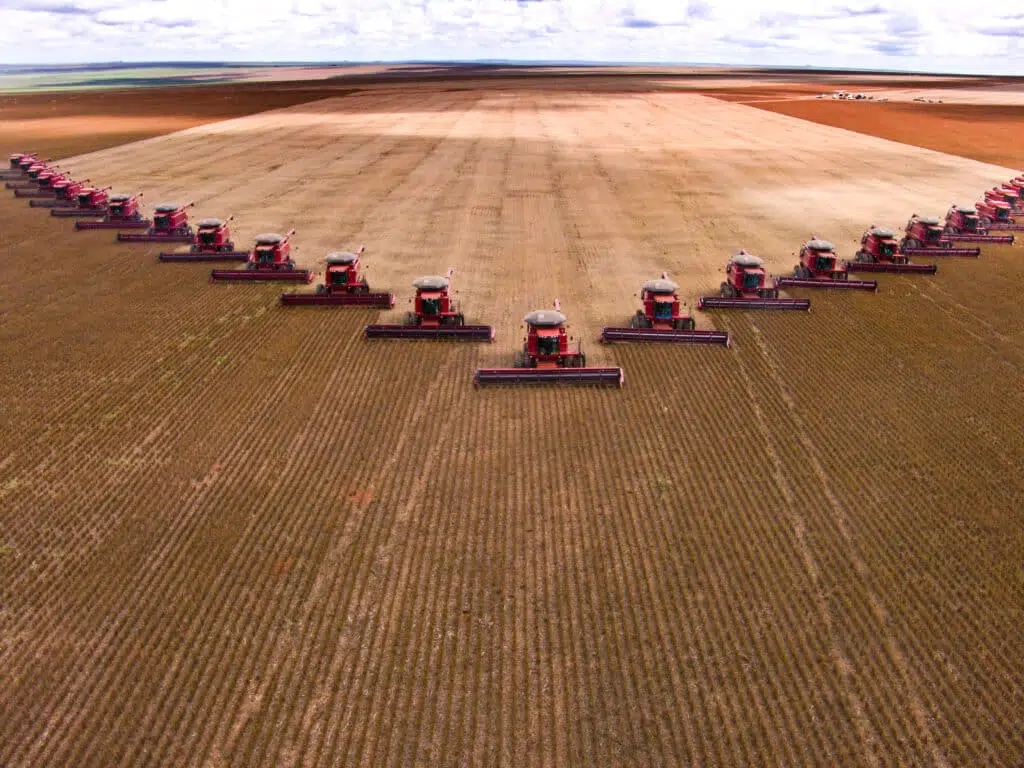
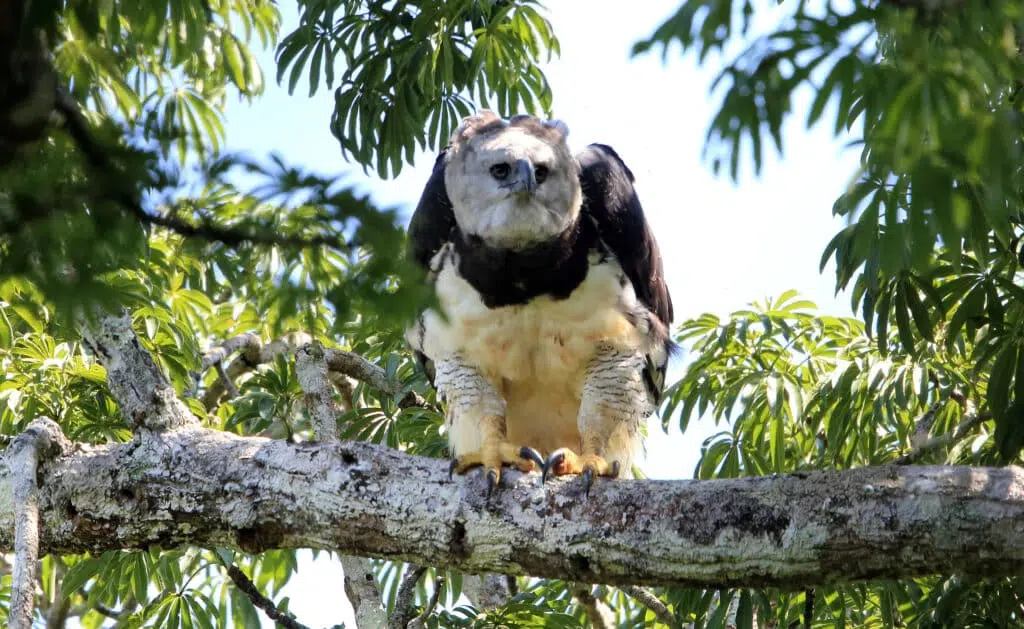
Harpy Eagles nest on large, old-growth trees often targeted by logging © feathercollector/Shutterstock
A critical moment for a brighter future
While these findings are no doubt extremely concerning, State of the World’s Birds also highlights the most important solutions for saving nature. This comes at a crucial time as governments prepare for the upcoming Convention on Biological Diversity meeting (CBD COP 15) in December, where the Global Biodiversity Framework – a 10- year strategy for nature – will be finalised and adopted.
“Birds tell us about the health of our natural environment – we ignore their messages at our peril,” says Patricia Zurita, BirdLife’s CEO. “Many parts of the world are already experiencing extreme wildfires, droughts, heatwaves and floods, as human-transformed ecosystems struggle to adapt to climate change. While the COVID pandemic and global cost of living crisis have undoubtedly diverted attention from the environmental agenda, global society must remain focused on the biodiversity crisis.”
The most important solution for the largest proportion of threatened species is to effectively conserve and restore the critical sites that birds depend upon. BirdLife has identified more than 13,600 Important Bird and Biodiversity Areas (IBAs), which form the core of a wider network of Key Biodiversity Areas. Given there is increasing momentum for a commitment to conserve 30 per cent of the world’s land and sea area, it is vital these sites are used as a blueprint for the designation of protected areas. Alongside this, addressing other key threats, such as eradicating invasive species from remote islands, and implementing species-specific conservation actions is also vital to many threatened species.
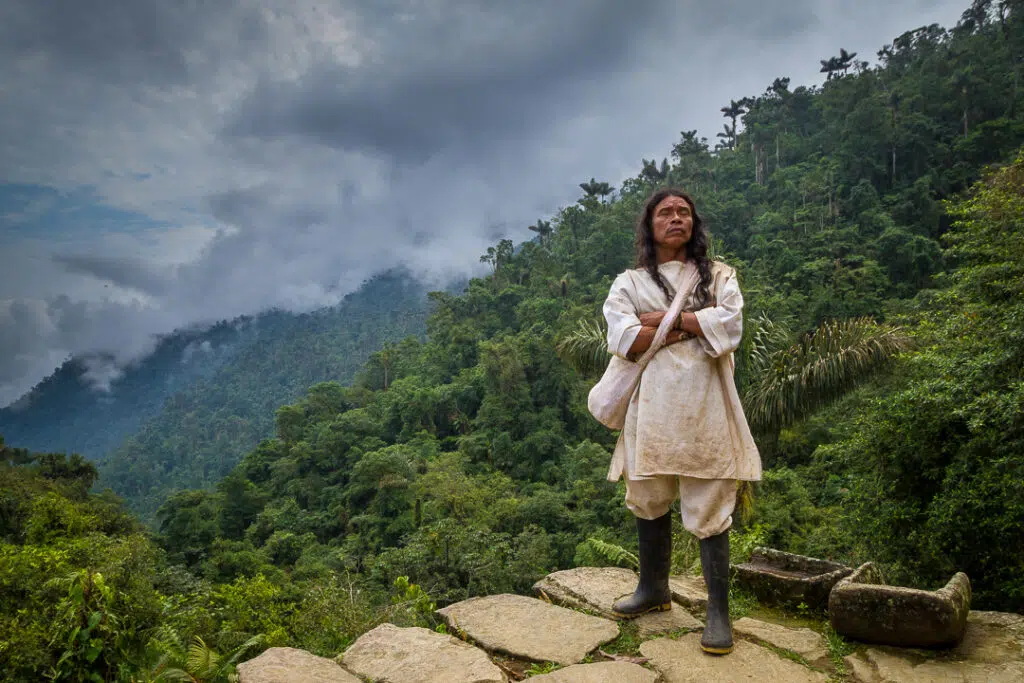
Cause for optimism
Promisingly, despite the desperate state of the natural world, birds also provide a cause for optimism, showing that with effective conservation efforts, species can be saved and nature can recover. Since 2013, 726 globally threatened bird species have directly benefited from work by the BirdLife Partnership. Advocacy by BirdLife Partners has also helped 450 IBAs be designated as protected areas, including 2022’s establishment of Ansenuza National Park to protect Argentina’s Mar Chiquita Lagoon, following extensive work by Aves Argentinas (BirdLife Partner), in turn protecting half a million migratory waterbirds, including the Andean Flamingo (Vulnerable).
“There is no denying that the situation is dire, but we know how to reverse these declines. Our research shows that between 21 and 32 bird species would have gone extinct since 1993 without the conservation efforts undertaken to save them,” says Dr Stuart Butchart, Chief Scientist at BirdLife International. “Species like the Echo Parakeet, California Condor, Northern Bald Ibis and Black Stilt would no longer exist outside museums were it not for the dedicated efforts of the many organisations in the BirdLife Partnership and beyond. If we give nature a chance, it can recover.”
Protecting birds also reaps fantastic rewards for humans too. Birds pollinate plants, control agricultural pests and large seeds over vast distances – critical to the long-term carbon storage of rainforests. Protecting and restoring natural habitat is also one of the most cost-effective way of tackling climate change. Alongside this, there is growing evidence linking healthy bird communities to our own wellbeing.
While 2022’s State of the World’s Birds undoubtedly highlights that we are in the midst of an unprecedented biodiversity crisis, the report’s examples prove that conservation works. It is now imperative that nature is put at the forefront of political and economic agendas, and that these solutions are implemented rapidly and at scale.
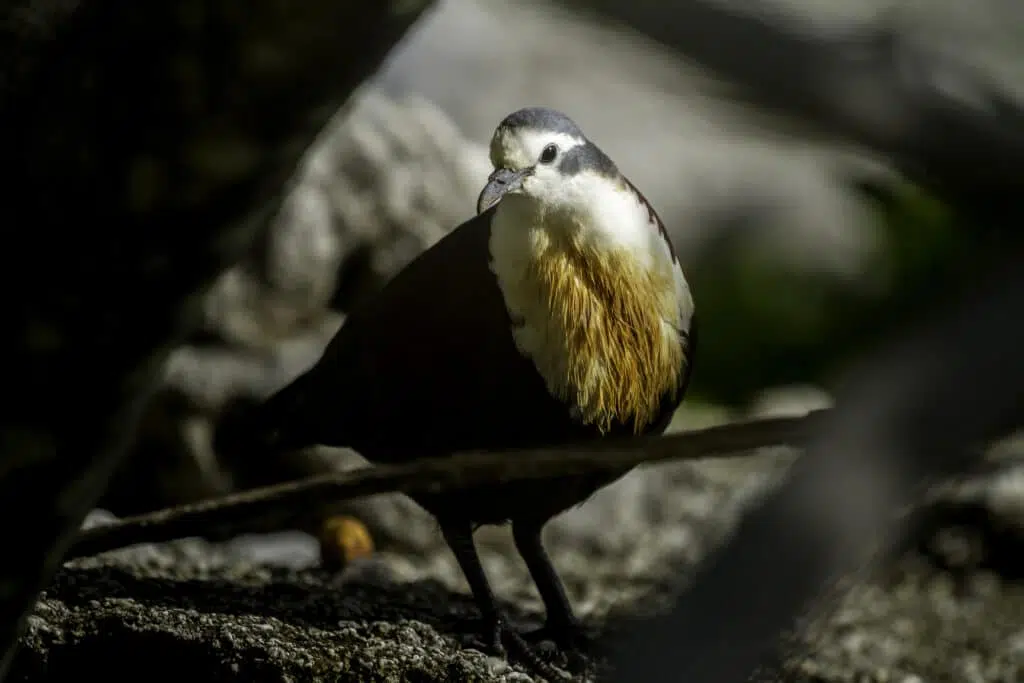
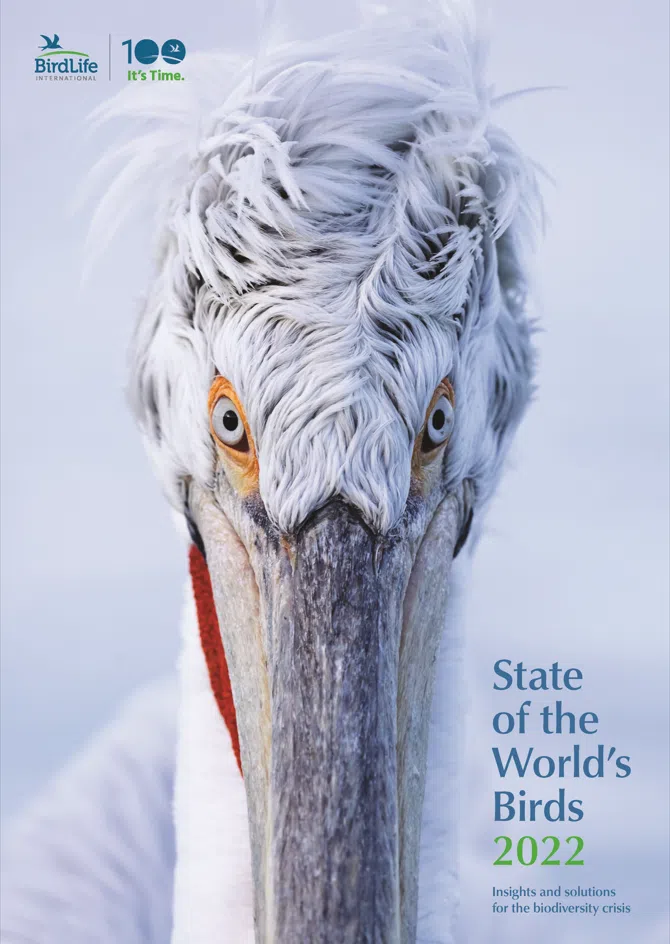
French and Spanish versions, which can be found here.
